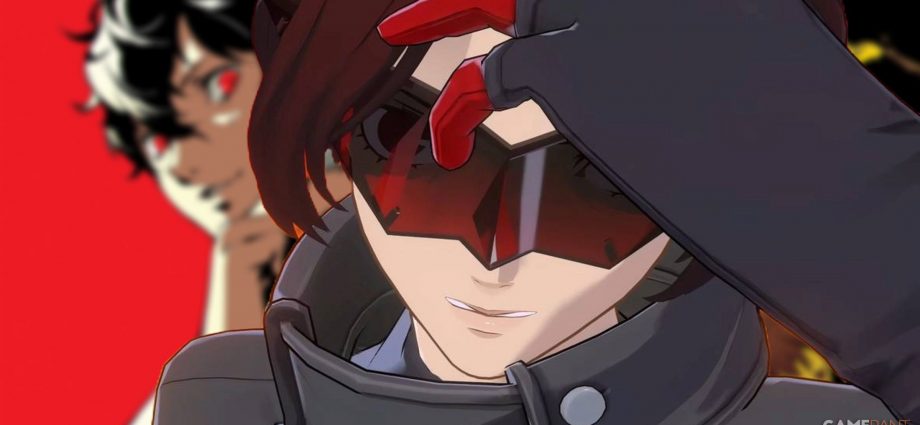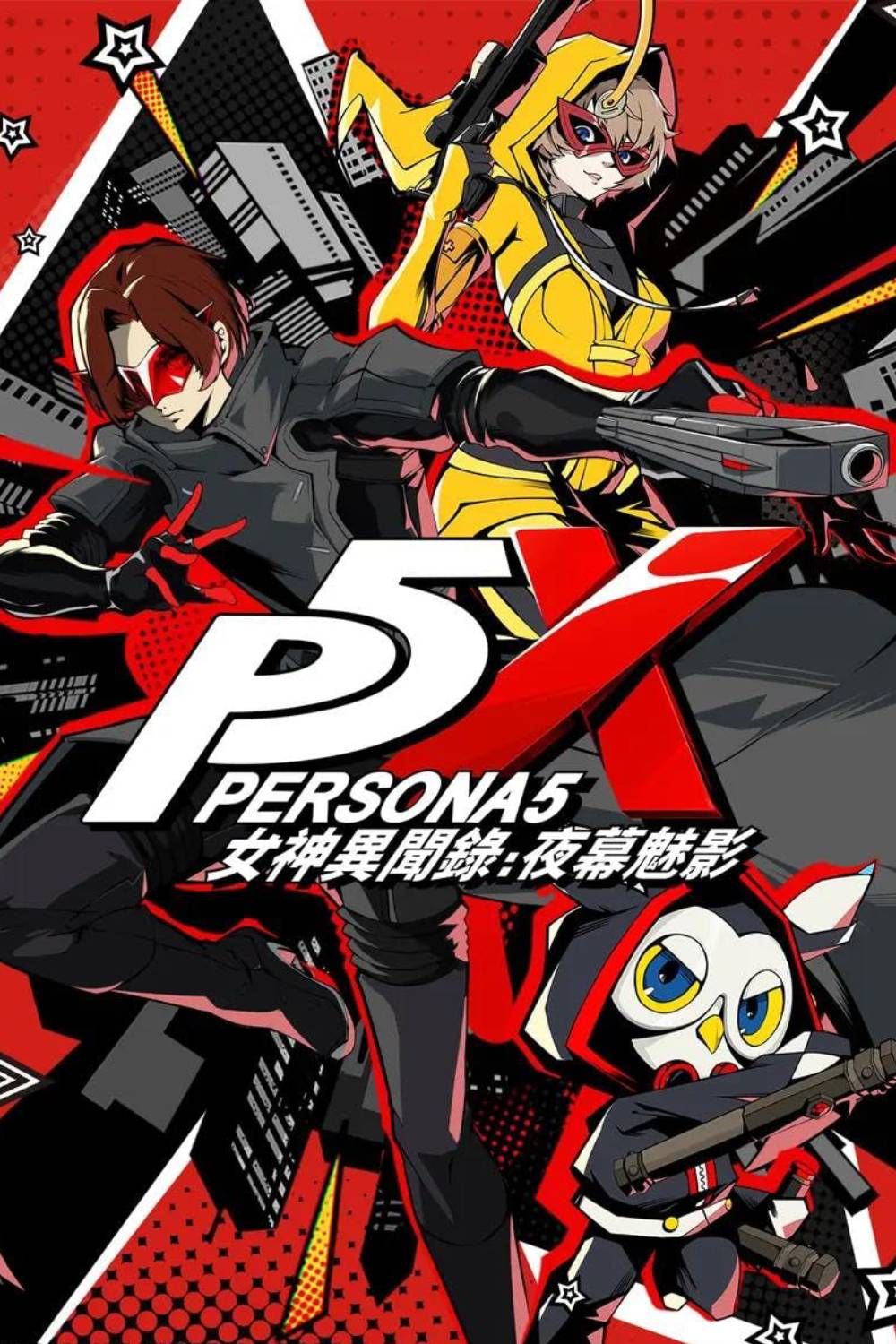As its title suggests, Persona 5: The Phantom X is a direct spin-off of Persona 5, taking place in the same rendition of Tokyo, and following many of the same characters, without being a proper sequel. Persona 5: The Phantom X‘s story unfolds in an alternate reality, one that exists in parallel to that of the Persona 5 base game, and while multiverse stories are a dime a dozen these days, P5X‘s adoption of this narrative trope could have particularly unexpected consequences.
Spoilers for Persona 5 ahead.
Persona 5: The Phantom X doesn’t get too in the weeds with explanations about its parallel universe: there aren’t in-depth sci-fi-style justifications for the game’s existence. Rather, it’s clear that the alternate reality premise serves a mostly practical purpose, designed to allow developers the greatest degree of freedom when adding new content. If P5X were to simply be a non-numbered entry in the Persona series, cut off from Persona 5, it wouldn’t be able to reincorporate the latter’s narrative elements. But the fact that this narrative incorporation comes by way of multiverse storytelling means that, for better or worse, all the Persona games are now definitively connected, birthing a number of possible implications for the broader series.

Related
Persona 5’s Biggest Piece of Cut Content Would’ve Been a Slam Dunk for The Phantom X
Persona 5 has one notorious piece of cut content that would have been an obvious, worthwhile addition to Persona 5: The Phantom X.
Why Persona 5: The Phantom X’s Multiverse Storytelling Is Significant
Persona 5: The Phantom X Links the Persona Games to a Greater Degree Than Ever Before
Atlus has historically approached the Persona continuity in an intentionally vague manner. Of course, these games are all part of the same series and share connective tissue in the form of the Personas and characters like Igor, but they don’t directly connect with each other. Persona has always been more like an anthology series, composed of standalone narratives revolving around the same supernatural concepts and broad-strokes themes. The Phantom X changes that.
Now, not only have the gaps between the Persona games been bridged, but the series’ sense of consequences may have been altered as well. For example, Persona 5‘s Goro Akechi, a character who presumably dies in the base game, is available as a playable character in P5X, suggesting that death in the series is no longer permanent. In other words, P5X has walked into the same trap as the likes of the Marvel Cinematic Universe: its stakes have been diluted by virtue of the multiverse’s infinite potential. The Phantom X hand-waves these parallel universe elements away, not exactly encouraging players to think critically about them, but this could become easier said than done as time goes on.
Persona’s Newfound Multiverse Concepts Could Make Things Messy Down the Road
With the Persona games now being definitively linked, and characters from Persona 5 interacting with those from other entries in the series, future games may have to be written a bit differently. Come Persona 6, it could be difficult not to wonder why Joker and company aren’t helping out the player-character; after all, they assisted Wonder in his journey. The series’ canon has become both bigger and smaller, the connections between each entry being harder to ignore.
This is to say nothing of the potential for other Megaten crossover content in Persona 5: The Phantom X. If characters from, say, RAIDOU Remastered: Mystery of the Soulless Army or Shin Megami Tensei 5 were to be added in future P5X updates, then the loose, tangential Megaten canon could crystallize, becoming less flexible. It will be more challenging to think of each Megaten game as its own story, since the various plots of SMT, Devil Summoner, Soul Hackers, et al., will have been merged. If Atlus wants to keep fans coming back for more P5X in the long run, then such crossover content seems likely.



